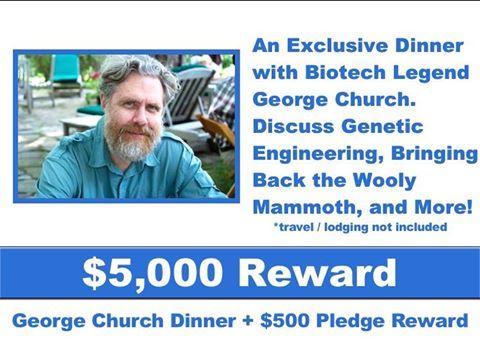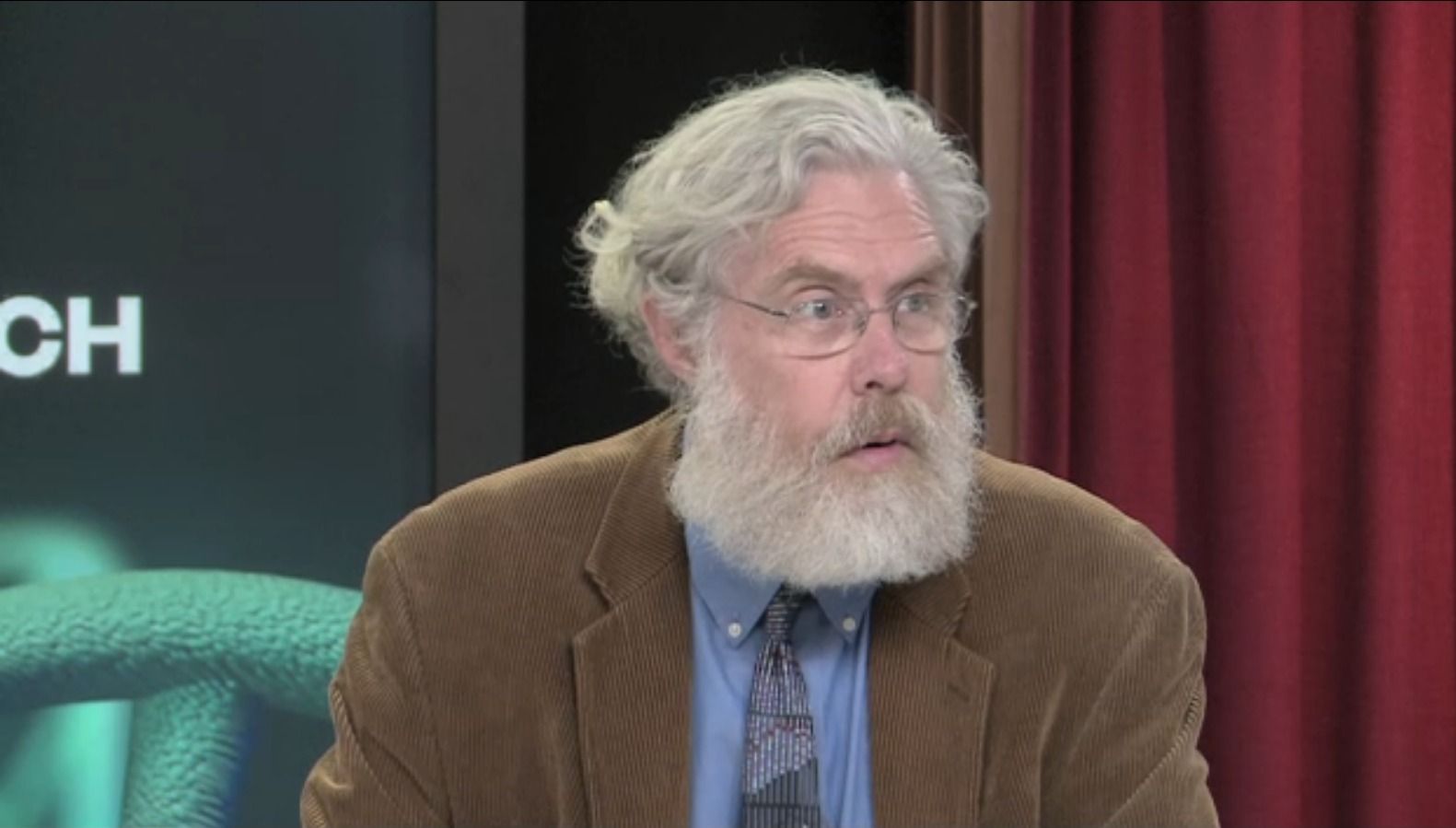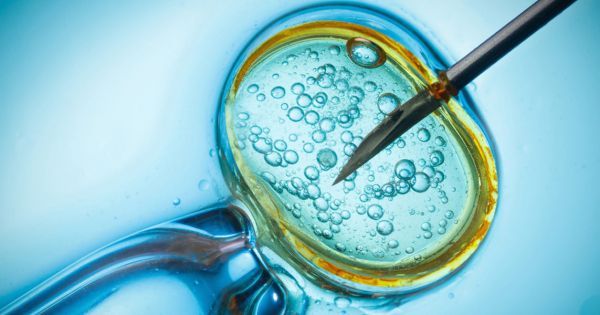Dr. Alexandra Stolzing and Dr. Aubrey de Grey discuss.
Category: life extension – Page 636
Many people ask us why the government does not seem to fund longevity research
Aubrey gives his opinion, and explains how audience members can help support research at SENS.

Transforming T Cells to Regulate the Immune System
An interesting new study has demonstrated a method to reprogram specific T cells. Much like researchers have been experimenting recently with macrophages and making them change into an anti-inflammatory rather than a proinflammatory type, the team here has achieved similar results with T cells.
As we age the immune system becomes dysfunctional, either due to immune cells become overactive and creating too much inflammation or by cells that suppress the immune system such as senescent cells that inhibit cell function.
A dysfunctional immune system leaves us vulnerable to diseases and chronic levels of inflammation from excessive immune responses prevent tissue regeneration and wound healing. The researchers here have discovered how to target pro-inflammatory T cells that increase the immune response and inflammation and change them into anti-inflammatory cells that suppress the immune response, and vice versa.

Can we, as adults, grow new neurons? YES: Sandrine Thuret
Can we, as adults, grow new neurons? Neuroscientist Sandrine Thuret with a background in food science, molecular, cellular, behavioural and ageing biology says that we can, and she offers research and practical advice on how we can help our brains better perform neurogenesis—improving mood, increasing memory formation and preventing the decline associated with aging along the way.
“Can we, as adults, grow new nerve cells? There’s still some confusion about that question, as this is a fairly new field of research. For example, I was talking to one of my colleagues, Robert, who is an oncologist, and he was telling me, “Sandrine, this is puzzling. Some of my patients that have been told they are cured of their cancer still develop symptoms of depression.” And I responded to him, “Well, from my point of view that makes sense. The drug you give to your patients that stops the cancer cells multiplying also stops the newborn neurons being generated in their brain.” And then Robert looked at me like I was crazy and said, “But Sandrine, these are adult patients — adults do not grow new nerve cells.” And much to his surprise, I said, “Well actually, we do.” And this is a phenomenon that we call neurogenesis.”

We Should Be Optimistic But Not Complacent About Progress
In the last year or so we have seen remarkable progress with a number of interventions that target the aging processes to prevent and treat age-related diseases.
Senescent cell clearance has enjoyed lots of media attention and is entering human clinical trials later this year with Unity Biotechnology. We have LysoClear from Ichor Therapeutics moving towards the clinic with a therapy based on the LysoSENS approach advocated for by the SENS Research Foundation, which seeks to treat age-related blindness caused by the accumulation of waste products in the retina cells of patients. Dr. David Sinclair is moving into human trials this year with a therapy aimed at repairing DNA damage, one of the main reasons we are thought to age.
We have had amazing progress in immunotherapy, where the immune system is taught to detect cancer and other diseases far more efficiently. For instance, immunotherapy has been used to allow the immune system spot cancer that uses the same “Do not eat me” signals that healthy cells use to avoid destruction.

Get the stylish da Vinci Vitruvian Man T-shirt and put the sexy into science, plus you get a cool sticker and button
https://www.lifespan.io/campaigns/agemeter-biomarker-scan/#reward_4
The ultimate bundle for those who want the world to see that they support science. This is just one of the fantastic rewards available in the AgeMeter campaign on Lifespan.io, support science today and make da Vinci proud!

Professor George Church – Turning Back Time to End Age-related Diseases
Many of you will likely already know who Professor George Church is and that he is an important and senior member of the research community engaged in treating the aging processes to prevent or reverse age-related diseases, not to mention all kinds of other applications for genetic engineering. For those who are not familiar with him a short bio follows.
George Church is a professor at Harvard & MIT, the co-author of over 425 papers, 95 patent publications and the book Regenesis. He developed the methods used for the first genome sequence back in 1994 and he was instrumental in reducing the costs since then using next generation sequencing and nanopores plus barcoding, DNA assembly from chips, genome editing, writing and re-coding.
He co-initiated the Genome projects in 1984 and 2005 to create and interpret the world’s only open-access personal precision medicine datasets. He was also involved in launching the BRAIN Initiative in 2011.
Exponential Artificial Intelligence Can Immortalize Human
Ray Kurzweil, one of the world’s leading inventors, thinkers, and futurists, with a thirty-year track record of accurate predictions and called “the restless genius” by The Wall Street Journal and “the ultimate thinking machine” by Forbes magazine, spoke at the Nobel Week Dialogue in Gothenburg, Sweden.
In this talk, Kurzweil explores the history and trajectory of exponential advances in computing and Information Technology to project how he believes Artificial Intelligence (AI) may enhance our natural biological intelligence in the future.

New Stem Cell Therapy Could Help Treat Osteoporosis and Restore Bones
For every month in space, astronauts can lose 2.5 percent of their bone density. This is quite troublesome, as it will likely compound with the natural process of aging that also reduces bone density. However, a new therapy could be a fantastic solution to this issue, along with many other bone-weakening conditions.
Researchers from University College London have discovered that stem cells found in human amniotic fluid could be used in a treatment to strengthen brittle bones. The research, published in Scientific Reports, shows the treatment resulted in 79 percent fewer fractures in mice with brittle bone disease. Out of a total 324 mice, 168 were treated, while 156 served as the control group. Eight weeks after the mice were treated both the test group and the control group were evaluated for fractures.
Every control mouse exhibited fractures. Conversely, fractures in the experimental group decreased between 69 and 89 percent, leading to the 79 percent decrease in the fracture rate across all tested bones. Pascale Guillot, the study leader, found that the treatment was not resulting in new bone formation, but instead helping to fortify existing bone tissue.